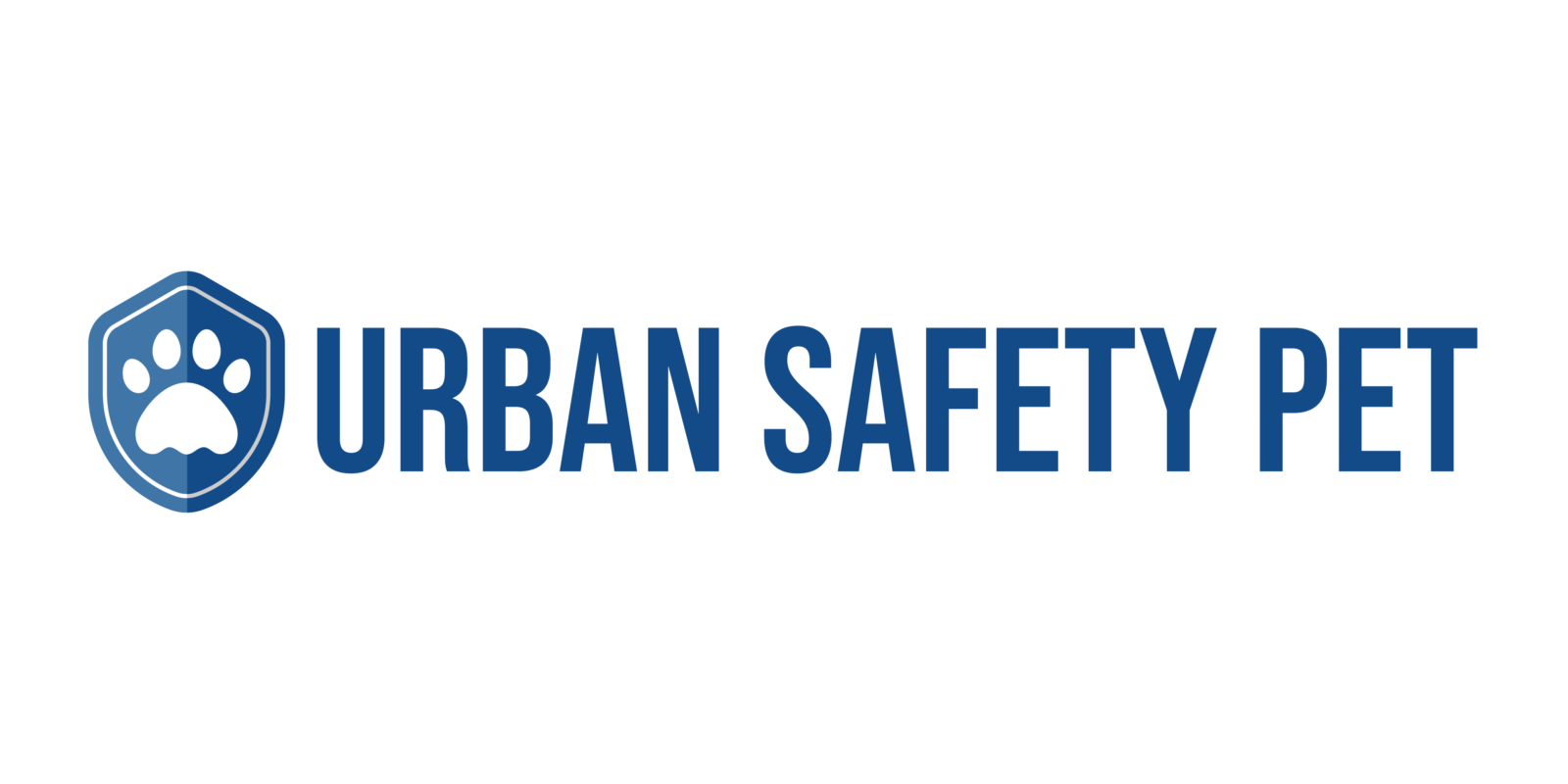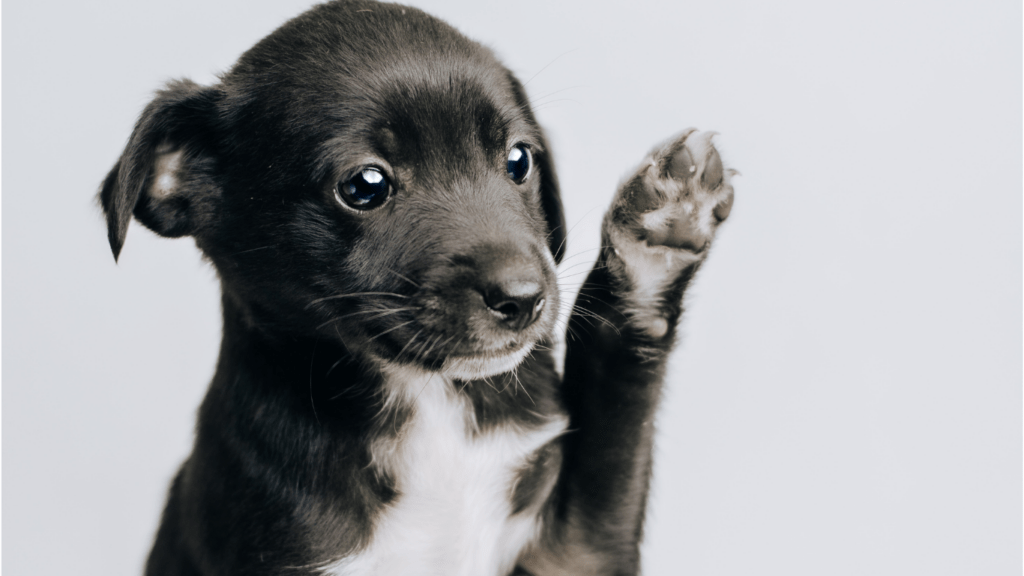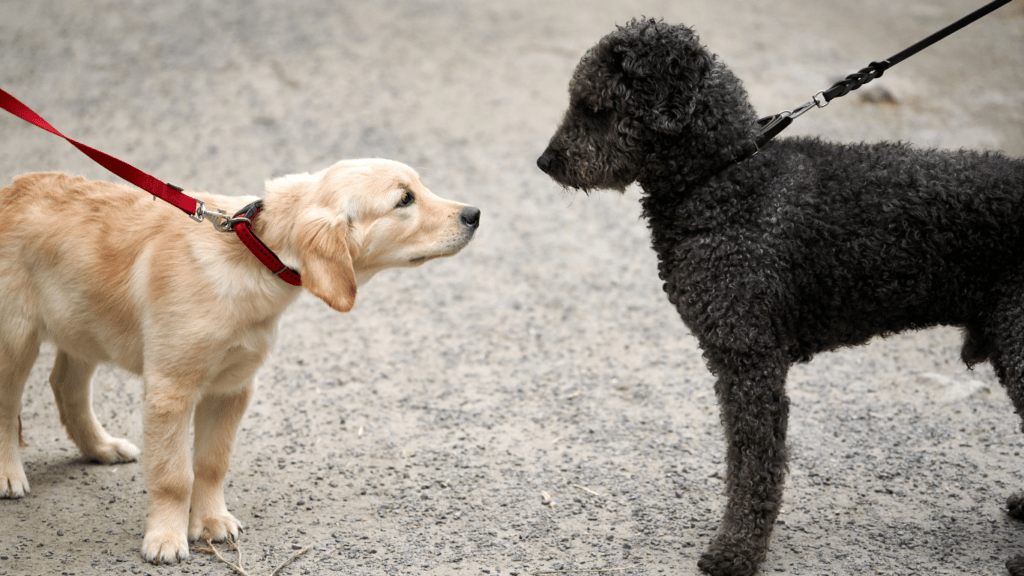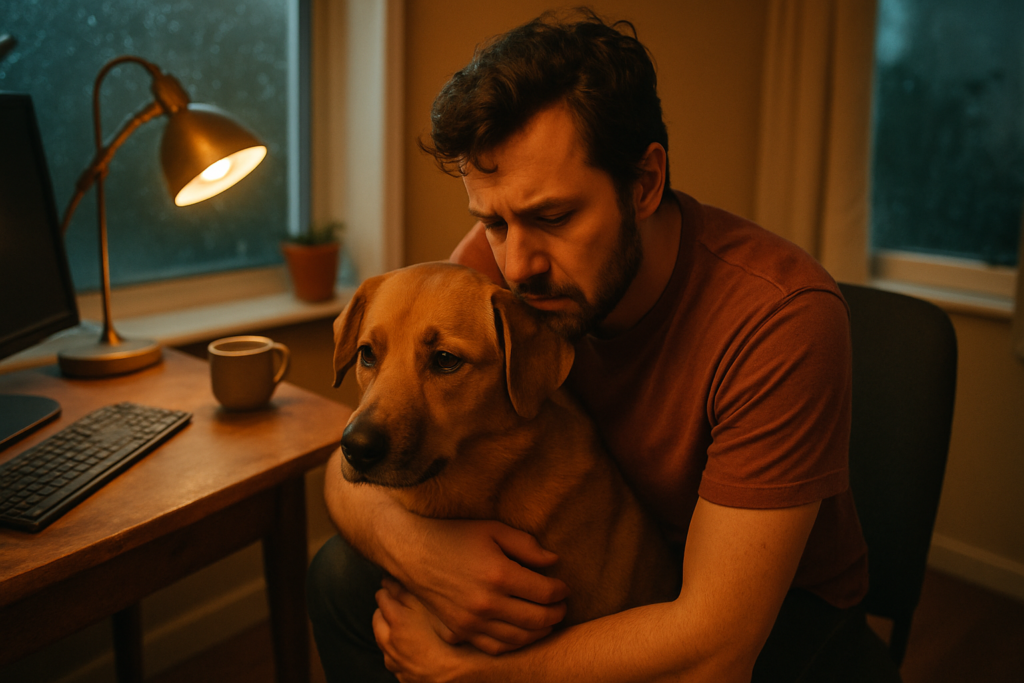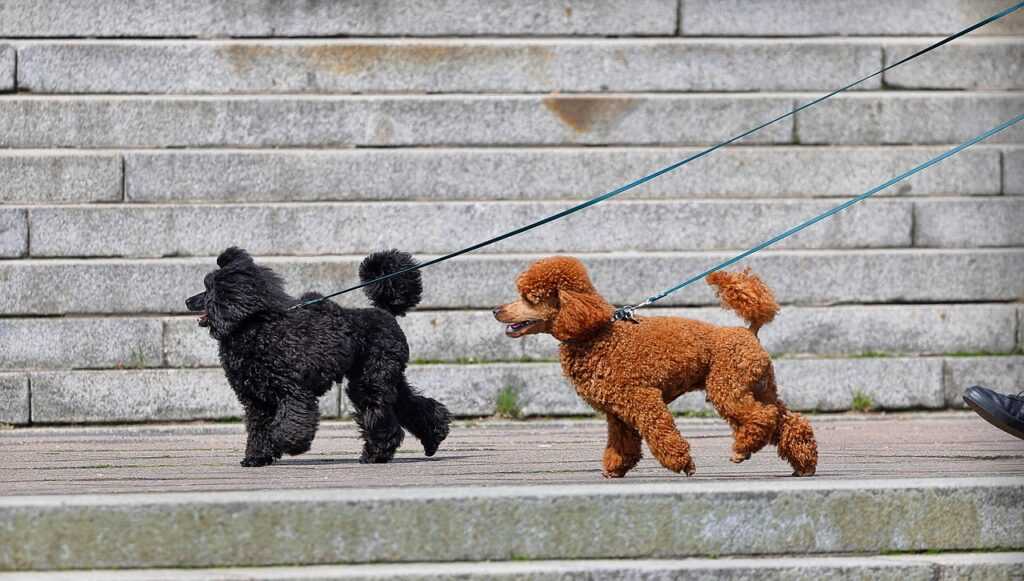Understanding Puppy Behavior
Puppy behavior is a blend of curiosity and instinct. Puppies explore their world using their senses, engaging in activities like chewing, digging, and barking. These actions are normal and part of their development.
Chewing helps puppies manage teething discomfort and explore their environment. If given appropriate toys, puppies chew less on furniture and shoes.
Digging often stems from a hunting instinct or a way to cool down. Providing a designated digging area can help manage this behavior.
Barking is a form of communication. Puppies bark to express excitement, fear, or a warning. Understanding the cause of barking helps address it appropriately.
Play is crucial for social, physical, and mental development. Through play, puppies learn bite inhibition and social cues. Regular, structured playtime reduces behavioral issues and supports bonding.
Puppies also need consistent routines. Regular feeding, sleeping, and play schedules create a sense of security and predictability.
Recognizing and responding to these behaviors sets the foundation for effective training.
Establishing a Routine
Creating a consistent routine helps a new puppy adjust quickly. Set structured schedules for feeding, potty breaks, and playtime to establish security and predictability, making training smoother.
Feeding Schedule
Stick to a regular feeding schedule to maintain your puppy’s health and well-being. For puppies, feed three to four small meals daily. Choose high-quality puppy food recommended by veterinarians.
Place food in a quiet area free from distractions. Leave the food bowl down for 15-20 minutes, then remove it to teach your puppy to eat when fed. Fresh water should always be available.
Potty Training
Consistency is key in potty training a new puppy. Take them outside first thing in the morning, after meals, and before bedtime. Choose a designated spot for potty breaks.
Praise and reward your puppy immediately after they eliminate outside. If accidents occur indoors, clean thoroughly to remove odors, avoiding punishment to prevent fear or anxiety.
Basic Commands to Teach
Teaching basic commands helps build a foundation of communication and respect between you and your puppy. Focus on these fundamental commands to start training.
1. Sit
Start with “sit” to establish obedience. Hold a treat close to your puppy’s nose. Move your hand up, allowing their head to follow the treat and their bottom to lower. Once they’re seated, say “sit”, give the treat, and share praise. Repeat several times a day for quicker learning. This command is essential for maintaining control in various situations, such as greeting people or crossing the street.
2. Stay
Introduce “stay” after “sit” is mastered. First, have your puppy sit. Open your palm in front of their face and say “stay”. Take a few steps back, return, and if they stayed, reward with a treat and praise. Gradually increase the distance and duration. Consistent practice reinforces patience and self-control in your puppy. Use “stay” in scenarios like waiting at doorways or remaining calm during vet visits.
3. Come
“Come” ensures your puppy returns to you. Start by placing a leash on them, say “come” brightly while gently pulling the leash towards you. Reward with a treat and praise upon arrival. Later, practice off-leash in a secure area. This command enhances safety, especially in potentially dangerous contexts like near traffic or unfamiliar environments.
Socialization Techniques

Effective socialization’s crucial for a puppy’s development and future behavior. Introducing various experiences makes them confident and well-adjusted.
Introduction to People
Introducing puppies to people helps them become sociable and friendly. Start with family members and then gradually introduce neighbors and friends.
- Variety of People: Expose the puppy to different ages, genders, and ethnicities to build comfort around everyone.
- Positive Reinforcement: Use treats and praise during introductions to create positive associations.
- Gentle Handling: Ensure people handle the puppy gently, making the experience pleasant.
Interaction with Other Dogs
Dogs need to learn how to interact with their peers. Controlled interactions help puppies understand social cues and proper behavior.
- Safe Environment: Use neutral, secure places like a friend’s yard or a puppy class for initial meetings.
- Supervised Play: Monitor interactions closely to prevent aggressive behavior and intervene if necessary.
- Regular Sessions: Arrange frequent playdates or visits to dog parks to build social skills.
Building a well-rounded puppy involves regular, positive socialization experiences. Following these techniques fosters a confident and friendly dog.
Positive Reinforcement
Using positive reinforcement, I guide new puppies into desirable behaviors effectively.
Reward Systems
Reward systems are essential for positive reinforcement. I give treats, verbal praise, or toys immediately after a puppy performs a desired behavior.
For example, when a puppy sits on command, I offer a small treat and enthusiastic praise. The reward’s immediate nature is crucial because it helps the puppy associate the behavior with a positive outcome. Varying the rewards keeps the puppy engaged and motivated.
Consistency is Key
Consistency ensures a puppy learns behaviors quickly and retains them. I maintain a routine where commands, rewards, and reactions remain the same across different situations.
This uniformity helps the puppy understand expectations and reduces confusion. For instance, if I use a particular word for a command, I ensure everyone else interacting with the puppy uses the same word. Consistent patterns and actions help puppies form reliable habits.
Common Challenges and Solutions
New puppy owners often face several obstacles during training. Addressing these issues promptly can ensure a smoother transition for both the pup and the owner.
Chewing and Biting
Puppies chew and bite to explore their world and alleviate teething pain. Provide appropriate chew toys to direct this natural behavior. If the puppy bites, yelp sharply to mimic a littermate’s reaction, then give a toy to chew instead. Consistently apply this method to teach what’s acceptable to chew and bite.
Excessive Barking
Excessive barking can indicate anxiety, boredom, or excitement. Identify the cause to effectively address it. For anxiety-induced barking, create a calm environment and gradually desensitize the pup to triggers. If boredom is the issue, increase physical and mental stimulation through play and training exercises. Train “quiet” commands using treats to reward silence, reinforcing the behavior you want.
